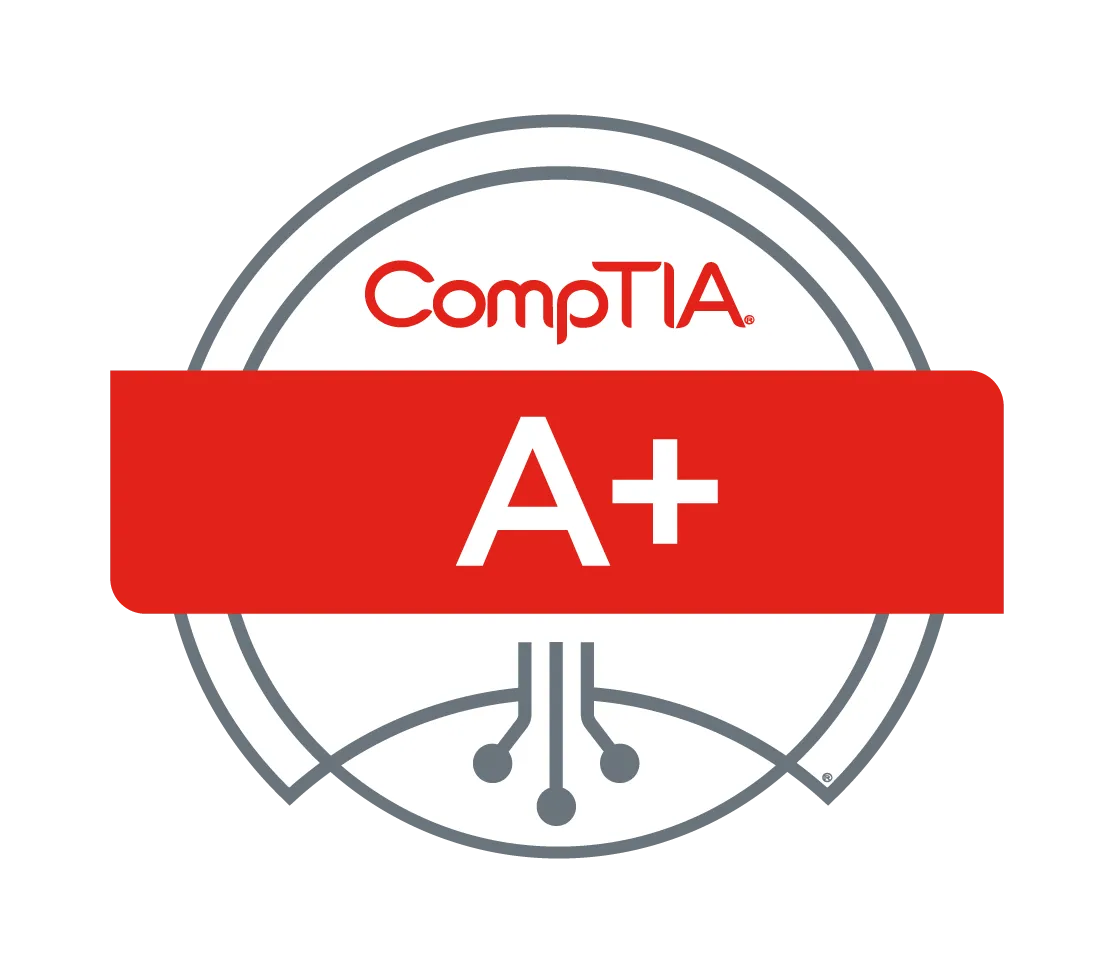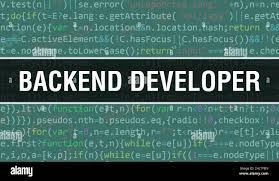There are two(2) modules:
- Microsoft Azure Administrator (AZ-104) N150,000.00 3 months
- Red Hat System Administration I N150,000.00 3 months
The individuals enrolled in the System Administration Training course are Information technology (IT) specialists who oversee the proper operation and functionality of an organization’s computer systems are called system administrators, or sysadmins.
Network administrators, security administrators, database administrators, and server administrators are some of the several kinds of system administrators that are in charge of different facets of system operations. While some system administrators handle numerous responsibilities, others concentrate just on their area of expertise.
System administrators, or “sysadmins,” are tech specialists whose job it is to ensure that business computer systems operate as efficiently and effectively as possible. Support, troubleshooting, and network and computer server maintenance are handled by sysadmins for their organizations.
Your proficiency with Windows servers, networking, Active Directory, account management, and system recovery tools will be validated by earning the Windows Server Administration certification.
Module 1: Microsoft Azure Administrator (AZ-104)
Learning Objectives
Control the governance and identities in Azure.
Install and oversee storage
Install and oversee Azure computing resources.
Set up and oversee virtual networking
Keep an eye on and backup Azure resources.
Make use of Azure Resource Manager (ARM) templates to streamline the deployment of applications.
Use containerized apps to save money.
Build and set up online applications
Establish a network standard to serve as the foundation for your Azure environment.
Keep an eye on the Azure platform to spot vulnerabilities and inefficiencies.
Establish a backup policy to guarantee the recoverability of your environment.
Course Outline
Governance and Compliance
Virtual Networking
Network Traffic Management
Azure Virtual Machines
Data Protection
Identity
Azure Administration
Intersite Connectivity
Azure Storage
Serverless Computing
Monitoring
Module 2: Red Hat System Administration I (RH124)
IT professionals who are new to Linux are the target audience for Red Hat System Administration-I (RH124).
The goal of this five-day course is to maximize learning by involving participants in activities, lab-based knowledge assessments, and thought-provoking conversations.
While the command line principles will be stressed to give a basis for students seeking to become full-time Linux system administrators, the GUI-based environment will be highlighted to expand on the students’ current technical skills.
Course Outline:
- Accessing the Command Line
- Managing Files from the Command Line
- Getting Help in Red Hat Enterprise Linux
- Creating, Viewing and Editing Text Files
- Manage Local Linux Users and Groups
- Controlling Access to Files with Linux File-system Permissions
- Monitoring and Managing Linux Processes
- Controlling Services and Daemons
- Configuring and Securing Open-ssh Service
- Analyzing and Storing Logs
- Managing RHEL Networking
- Archiving and Copying Files between Systems
- Installing and Updating Software Packages
- Accessing Linux File-systems
- Using Virtualized Systems
- Accessing the Command Line
Roles of Systems Administrators
Among other things, the system administrator’s job duties include the following:
- Handling Linux, Mac, or Windows systems
- Updating, setting up, and customizing computer hardware and applications
- Troubleshooting and offering staff members technological help
- Keeping network file systems and networks operational
- Establishing and maintaining user accounts and system permissions
- Conducting routine security audits and security observation
Some of the skills required include:
- thorough familiarity with operating systems: Windows and Linux are popular choices that are a good place to start, but it’s a good idea to find out which one is preferred in your business.
- Knowledge of hardware: A system administrator’s work will include a lot of interaction with operational physical equipment, such as servers or printers.
- Competencies in cloud computing:Gaining experience with cloud-based software such as Office 365, Google Cloud Platform, and AWS will help you in the recruitment process.
- Understanding of networks:having the ability to create and manage both wide-area and local area networks (WAN and LAN).
- Interpersonal and communication abilities:
Benefits of Becoming A Network Or Systems Administrator
Network and Systems Administrators are currently in really high demand. The entire Information Technology industry is in dire need of professionals capable of managing the IT resources for numerous companies.
Benefits include:
- Excellent Job Security
- High Salaries and Opportunities for Advancement
- Constant Demand for Skilled Professionals
- Exciting and Challenging Work Environments
- Varied Career Paths





